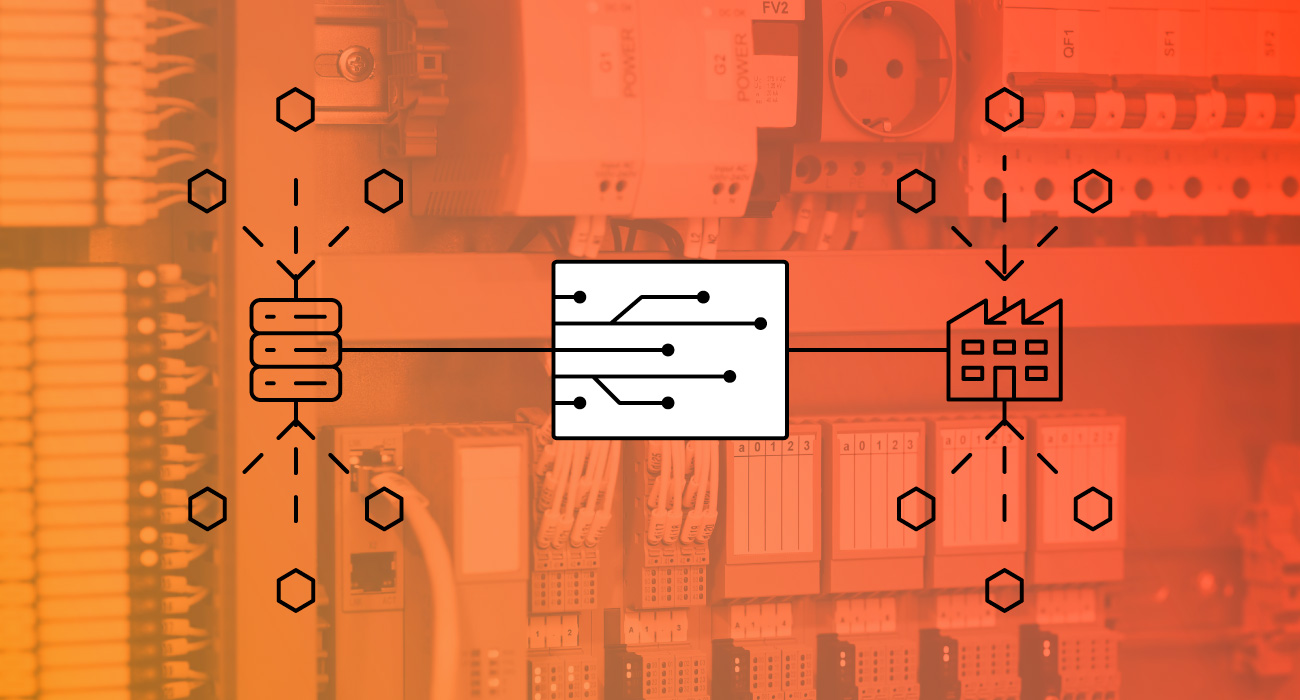Why PLCs Remain Essential to Modern Automation

Since programmable logic controllers (PLCs) ushered in Industry 3.0 over 50 years ago, they have remained one of the cornerstones of automation. PLCs are industrial computers used to control various electro-mechanical processes in manufacturing facilities and automation environments. Because they are easy to operate and program, PLCs often fill an essential role in SCADA systems, acting as the physical interface between devices on the plant floor and HMIs, as well as communicating, monitoring, and controlling automated processes.
From food & beverage production to water utilities to manufacturing, PLCs are integral components in virtually every area of modern automation. Using real-time programming, PLCs are able to capture input data from machinery on the plant floor and apply user-created program logic in response, producing output data or commands to run a variety of applications alongside tools like SQL databases.
You Can’t Have IIoT Without PLCs
As organizations continue to digitally transform by implementing Industry 4.0 technology, the methods for leveraging PLCs have likewise progressed. In modern SCADA systems, data is the focal point, but the traditional poll-response method for collecting data from PLCs is not always sufficient. In more complex or dispersed systems, PLCs are still a cornerstone, but they can support wildly different architectures.
IIoT-capable technologies have afforded organizations newfound levels of interoperability. Modern PLCs are an integral part of these IIoT networks, with many of the recent advancements centering around the onboard implementation of IIoT-enabling technologies, giving the device a more active role in the overall system architecture. Contrary to the outdated notion that PLCs are only useful for basic I/O, newer models possess diverse communication capabilities, including cloud connectivity and edge computing, making them powerful tools whether on the plant floor or in a remote location.
PLCs Power the Edge
Particularly in industries such as oil & gas, gathering edge-of-network data can be prohibitively difficult due to harsh environments or lack of infrastructure. Edge computing strives to overcome these difficulties by moving PLC polling closer to the source, reducing latency while increasing reliability.
Edge-of-network PLCs often employ IIoT-ready communication protocols like MQTT, which uses a publish-subscribe model to save bandwidth while maintaining open data flow. Sidestepping network connectivity issues that might result in massive loss of data, MQTT’s store-and-forward capability collects data on the PLC itself for up to 7 days and when the network is reconnected, backlogs the information to a server.
Do More With Your PLCs
While critical, PLCs are only one part of a successful data management architecture. To fully unlock a system’s capabilities, you need to connect PLCs with best-of-breed solutions. Implementing a robust automation software like Ignition by Inductive Automation not only collects and logs data from virtually any PLC, but it also provides tools for performing advanced analytics to help your organization make more informed, data-driven decisions.
To learn more about getting the most out of your PLCs, click here.
